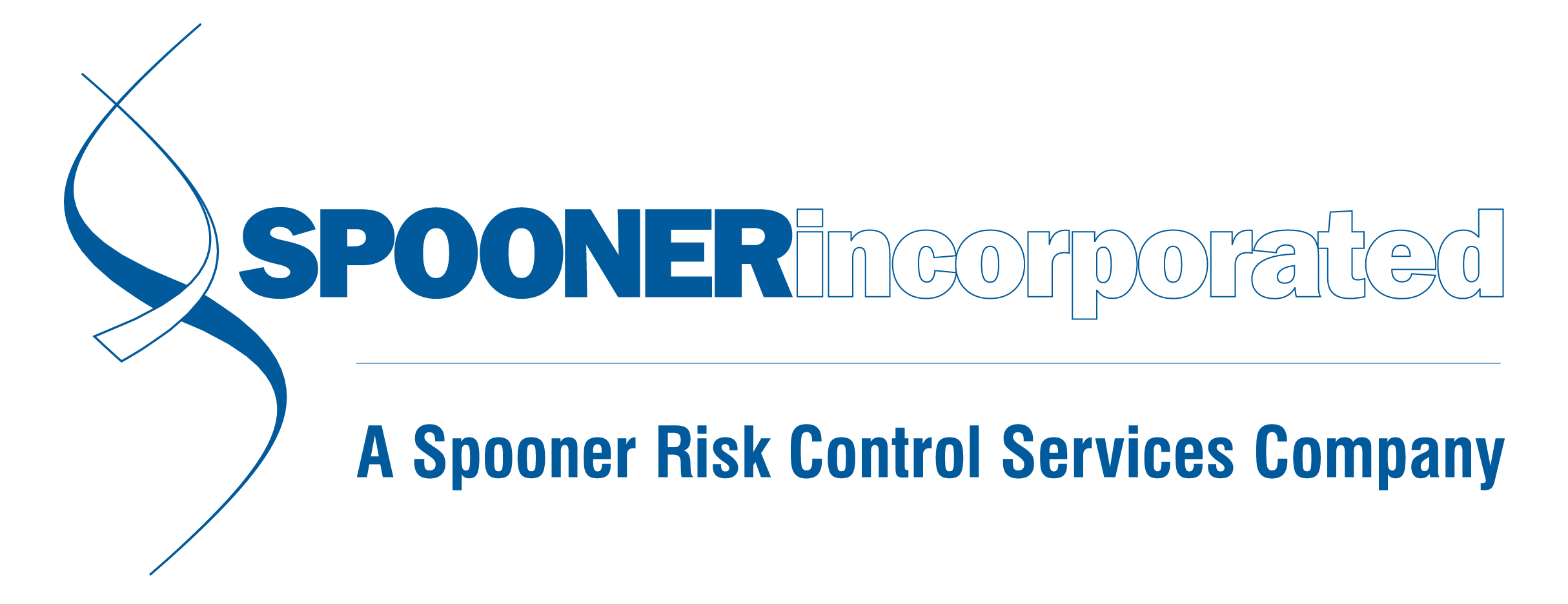HazCom Standard Update
OSHA Issues Final Rule on HazCom Standard to Align with Revised GHS
In July, OSHA’s final rule on the Hazard Communication Standard for classifying and labeling chemicals went into effect, and will be phased in over a four year period. Changes were made to the standard so that it will align with the 7th revision of the UN’s Globally Harmonized System (GHS), and will impact chemical manufacturers, importers, distributors and employers utilizing hazardous chemicals.
The updated standard includes changes to definitions that will impact labeling, handling and classification of hazardous chemicals. Here are some high points:
• Additions the definition of Bulk shipment, Combustible dust, Gas, Immediate outer package, Liquid, Physician or other licensed health-care professional (PLHCP), Released for shipment, and Solids.
• Clarifications to the definition of Exposure or Exposed, Pyrophoric gas
• An addition to Section (f)(5) Transportation clarifying labeling for bulk shipments and pictograms to align with Department of Transportation (DOT) requirements. This solves the issue of having to use both HCS and DOT pictograms for the same hazard.
• Smaller containers may utilize special labelling. Capacities under 100 ml will have minimum labeling requirements of a product identifier, applicable pictograms, signal word, manufacturer’s name and phone number, and a statement that the entire label is provided on the immediate outer package. Containers with a capacity of 3 ml or less must bear a product identifier at minimum, if the manufacturer can prove that any other label interferes with standard use of the container.
• Revisions have been made to Appendices A through D to align with DOT and GHS test methods, update the classification of aerosols and gases under pressure, and make changes to label and SDS elements.
• Mandatory statements of concentration ranges when a manufacturer determines that exact percentages or ranges of certain elements would be considered a trade secret.
Employers utilizing hazardous chemicals should ensure that their team comprehends the updated standard. Aligning these regulations provides a dependable, uniform path to classifying chemicals and relaying hazard info on labels and SDS. A comparison of the current vs. revised standard here. A table of important compliance dates is also included here. If you need assistance with HazCom compliance, or any other safety issue, reach out to Spooner at 440-249-5260.

